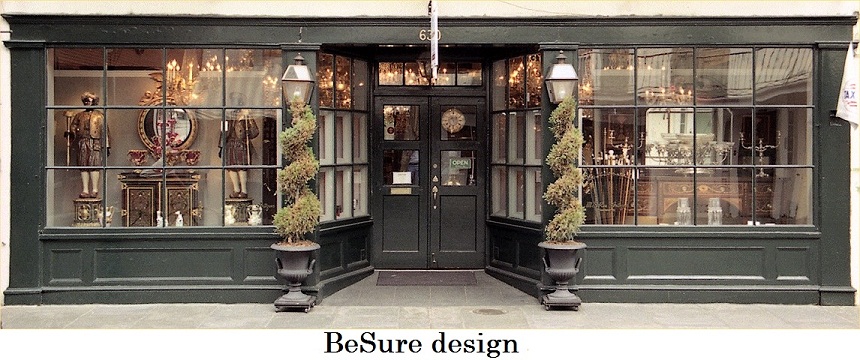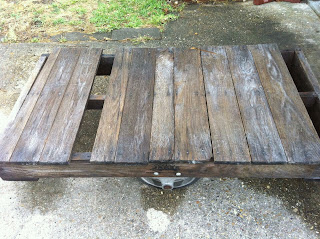Quality furniture is hard to find, and while it is nice to have lower price points; where is all the good furniture? Think back to our parents and grandparents furniture. That stuff seemed indestructible, and it was! It was QUALITY! Something the furniture industry has for the most part forgotten about. So in your quest for good furniture here are some things to know and look for…
A. Dovetail joints : This type of joint is important in case goods. Dovetails are the strongest of all joints. The joint is made up of interlocking wedge-shaped elements called pins and tails that resist the forces applied to the joint. This joint looks attractive and, if well made, the decorative quality can be used to enhance projects. In other projects the joint can be hidden completely. Dovetail joints work best when in tension. For example, the most common application of the dovetail joint is in drawer making as the strength of the joints tails and pins resist the pulling forces applied to the drawer. Dovetails are so strong it is rare to see a drawer that has broken as a result of joint failure, even when put under frequent stresses.
B. Look for quality veneers. There is a huge misconception about veneers. Veneer is a thin layer of solid wood that is adhered to the surface of another product. While there are cheap veneers the term “veneer” is not a negative thing. A quality veneer is going to be a superior layer of wood with beautiful graining and color. Many beautiful woods are soft in nature, so applying it to a core makes it a much stronger product. Therefore you are getting a durable case good. However, to tell a quality veneer for a cheap veneer its all about what it is attached to. You want to see a crosshatched core. Crosshatched is a layering process of wood.
C. Cushions: there are many types that furniture manufactures use. (spring down, goose down, standard, and firm) They are commonly made from a polyurethane foam or latex. Both being good options. So how do you know a quality cushion from a cheapo? Unzip it! Seriously, when shopping for furniture lift one of the cushions and unzip it. You want a cushion that is encased , not stuffed directly into the fabric. Quality furniture cushions might also have channels sewn into the actual cushion. This is wonderful! It prevents the cushion from crushing or moving from one area of the fabric to another.
D. Frame: The frame to upholstered furniture is very important. This is an area that is hidden to eye, and manufactures can get away with cutting corners. However there are tricks to tell a good frame. Run your hand across the back of a sofa or chair. In a quality piece of furniture you should barely feel the wood frame through the fabric. This shows you the manufacture took the time to wrap the wood frame with a foam to prevent the wear of the wood on the fabric. The best frame is made out of kiln-dried hardwood. The process of kiln drying removes all moisture from the wood, enabling it to retain its shape and stability over a long period of time. A frame made of green wood can shrink or crack. Knotted wood can also cause cracks. In a good quality frame, special attention is paid to the joints, which are glued, dowelled and screwed. The corners are further strengthened by corner blocks. These provide extra support. Generally plywood and particleboard frames are inferior, especially if they are held together with staples. However, additional layers of plywood may help reinforce the frame, so construction matters as much as material. In case you have to choose a sofa with a plywood frame, make sure it has 11- 13 layers of plywood and not fewer.
These are just a few things to look for in a quality piece of furniture. If you find all these qualities in the furniture you are selecting, everything else is icing on the cake. Most furniture manufactures that offer these qualities will also offer drawer stops, corner blocks, and wooden glides. Below I have put pictures corresponding to items A-D. Happy Shopping!!!
























